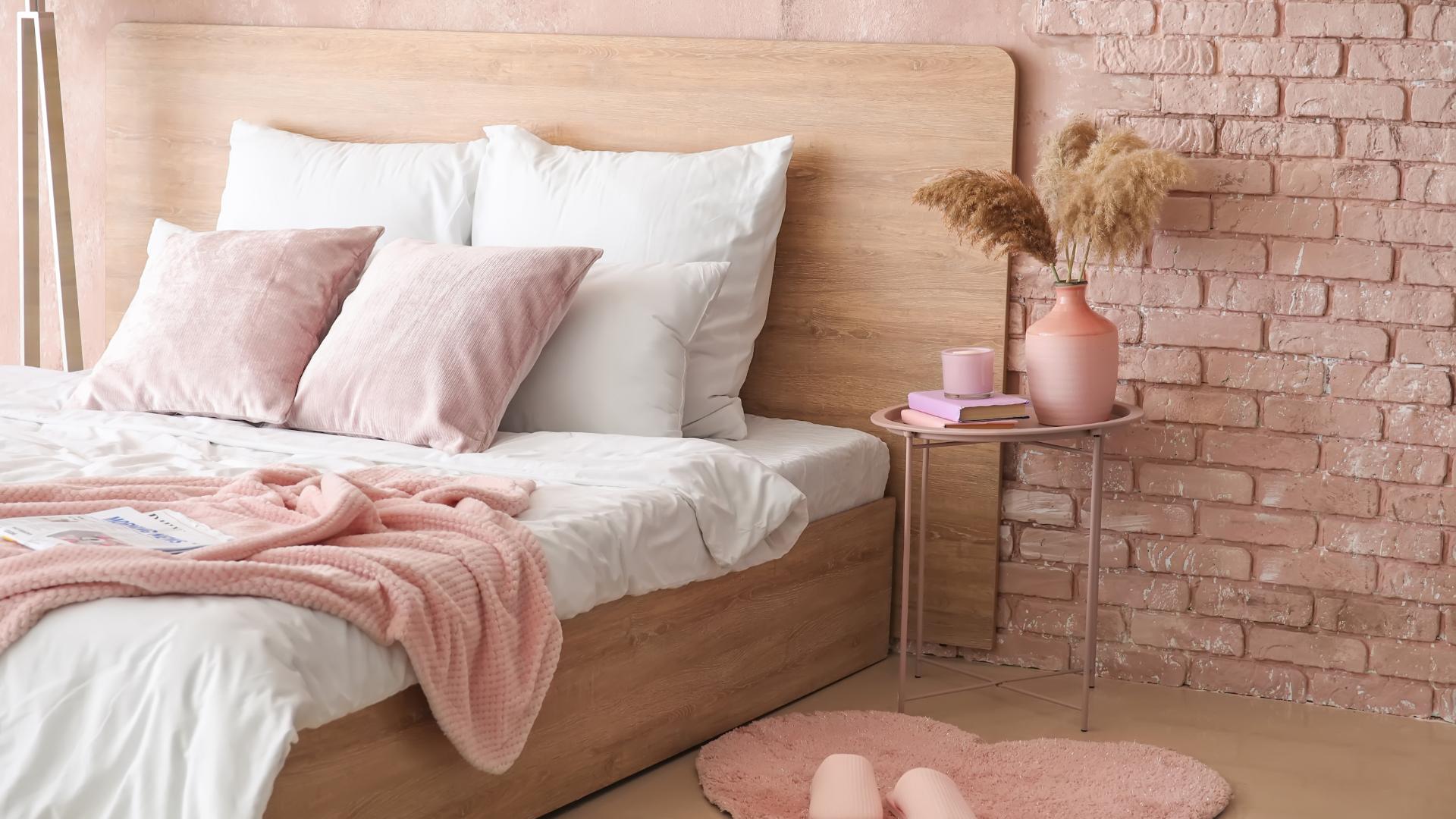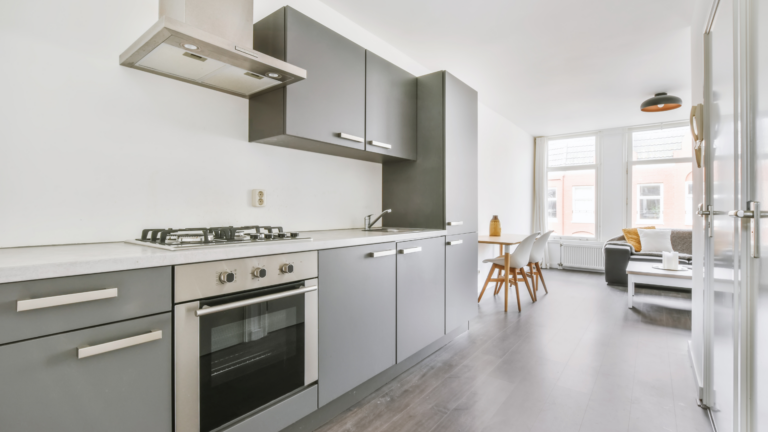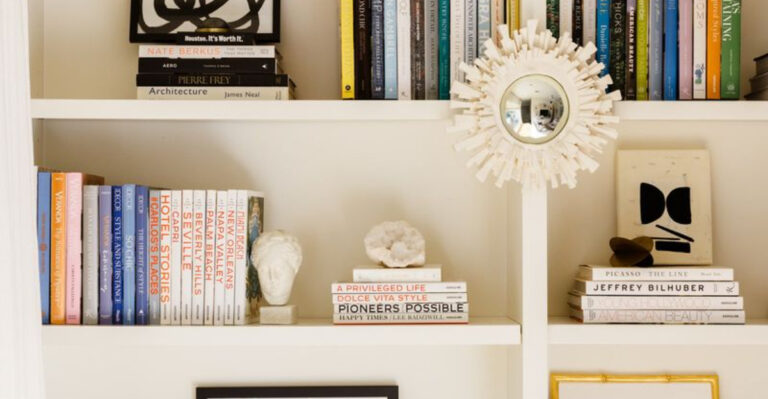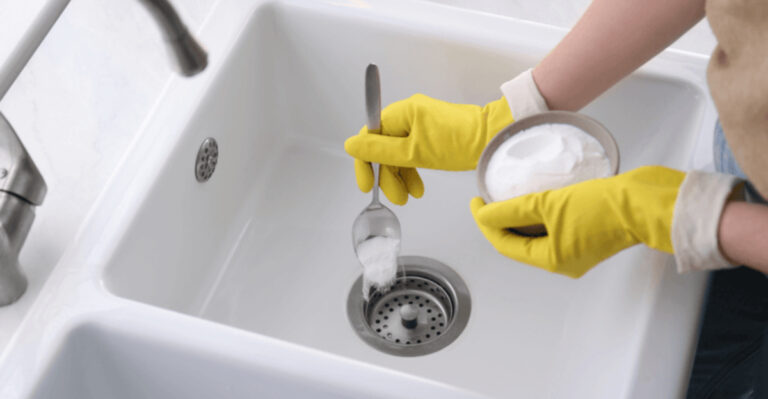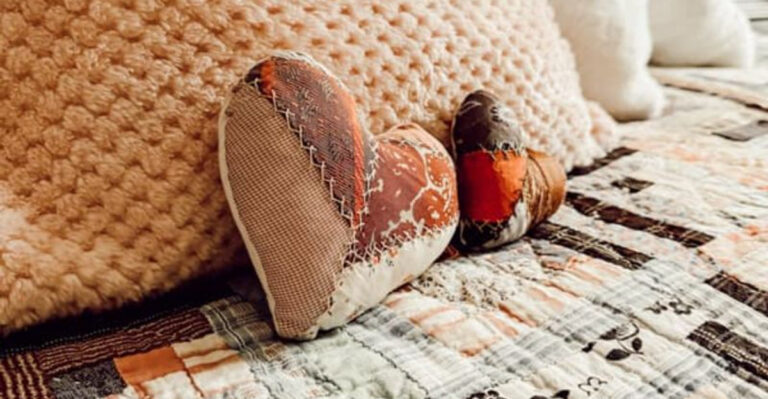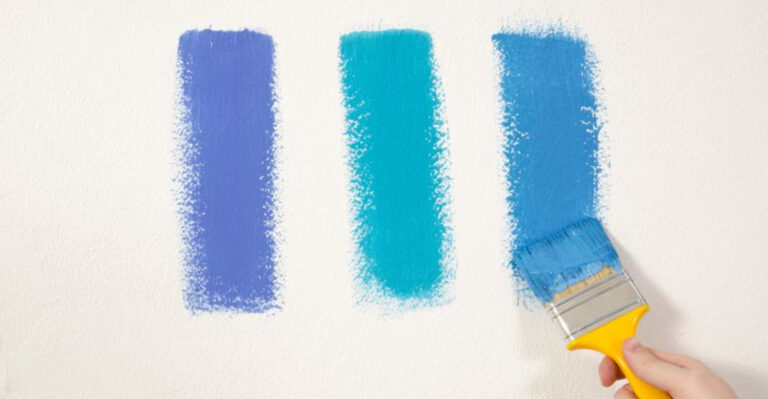30 Home Design Trends Millennials Have Had Enough Of
Let’s face it, home design trends come and go faster than we can keep up. As a millennial, I’ve definitely seen my fair share of trends that seemed cool at the time but now make me cringe a little.
In this post, we’re diving into thirty design trends that millennials have left behind. Some were once so trendy they practically screamed luxury, but now they just feel… outdated.
From clunky furniture to excessive faux-vintage, we’ll explore how our tastes have shifted and what’s replaced these once-popular choices. Spoiler alert: it’s not all about gray walls anymore!
1. Animal Prints
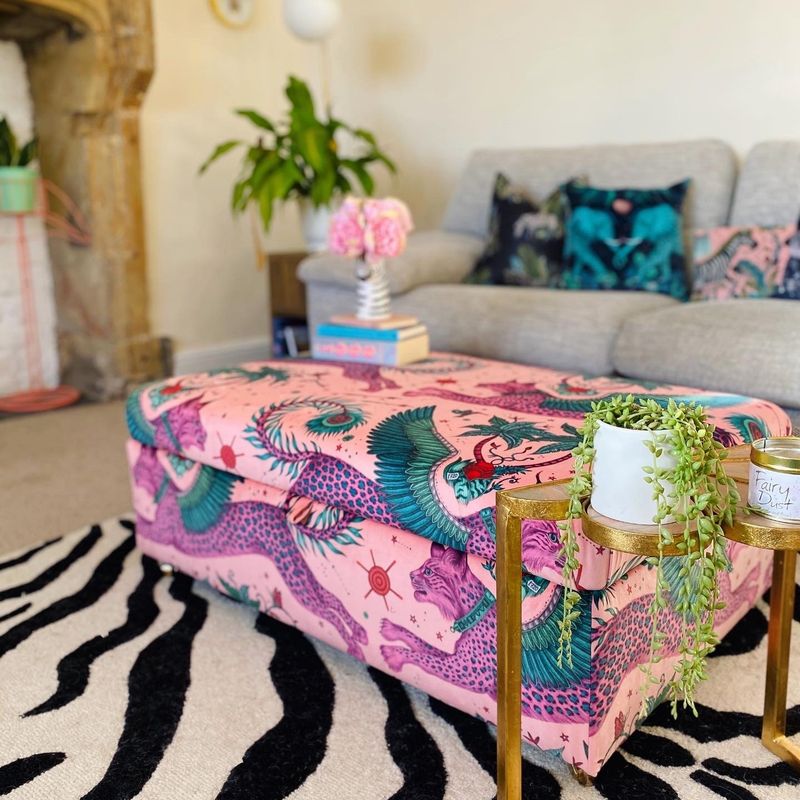
It has been a wild run, but animal prints are being tamed in modern decor. Millennials seek more nuanced patterns that don’t roar excessively.
Instead of plastering leopard spots or zebra stripes everywhere, they opt for subtlety in design. Gone are the days of turning homes into safari-themed dreams, which may not have been so dreamy after all.
The preference is now for calmer and less visually aggressive themes. Homely settings feel more genuine and less like a themed adventure park.
2. Word Art (e.g., ‘Live, Laugh, Love’ signs)
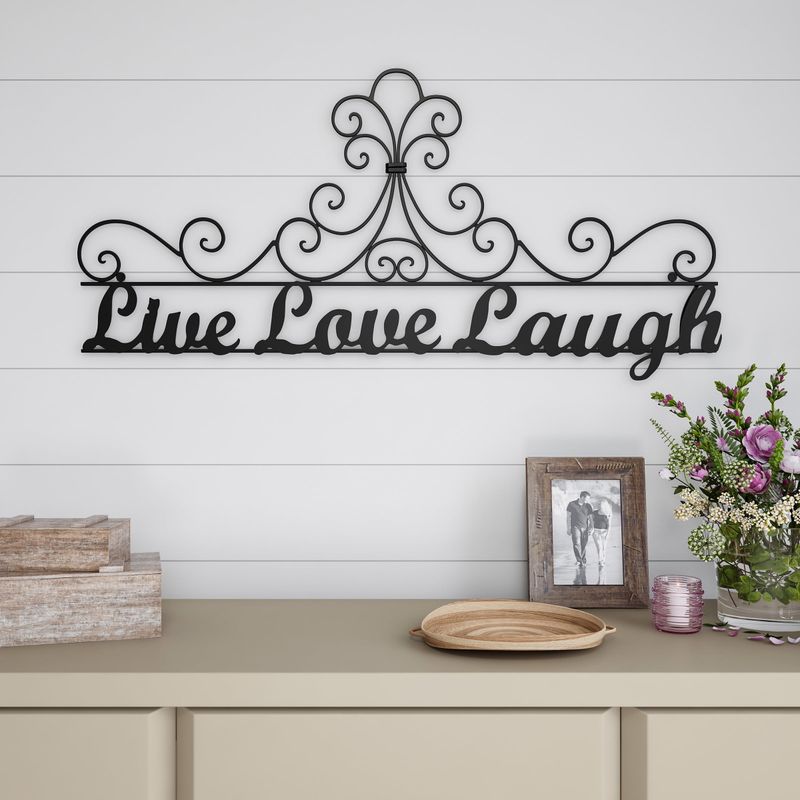
We used to see words everywhere we looked, but now the silent whispers are preferred. The once-popular motivational word art has experienced a decline.
Millennials find these expressions to be quite cliché and often devoid of meaning. This generation leans towards personalized art that resonates on a unique level.
The age of repeated phrases is being replaced by artwork with deeper personal connections or abstract representations. Words may have power, but overuse can diminish their impact.
3. Monograms and Initials
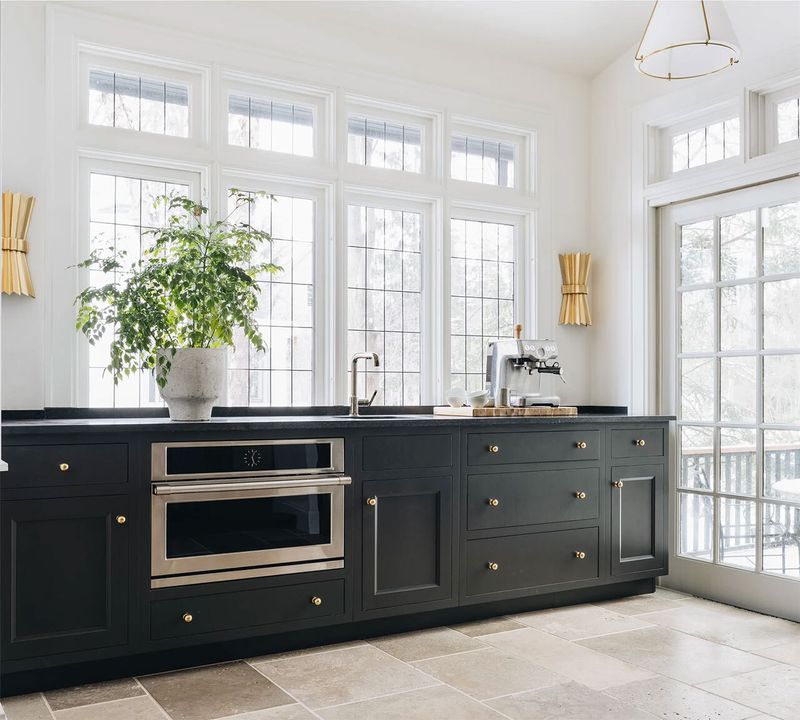
Monogramming was the epitome of personalization, yet it has lost its charm with millennials who crave distinct individuality.
Initials on towels or pillows were once considered the hallmark of taste, but the trend feels outdated. This group favors decor that feels unique without the repetitive stamping of initials everywhere.
The aim is to create spaces that reflect personal style through creativity rather than through generic personalization tactics. In this era, less can truly say more.
4. Granite Countertops
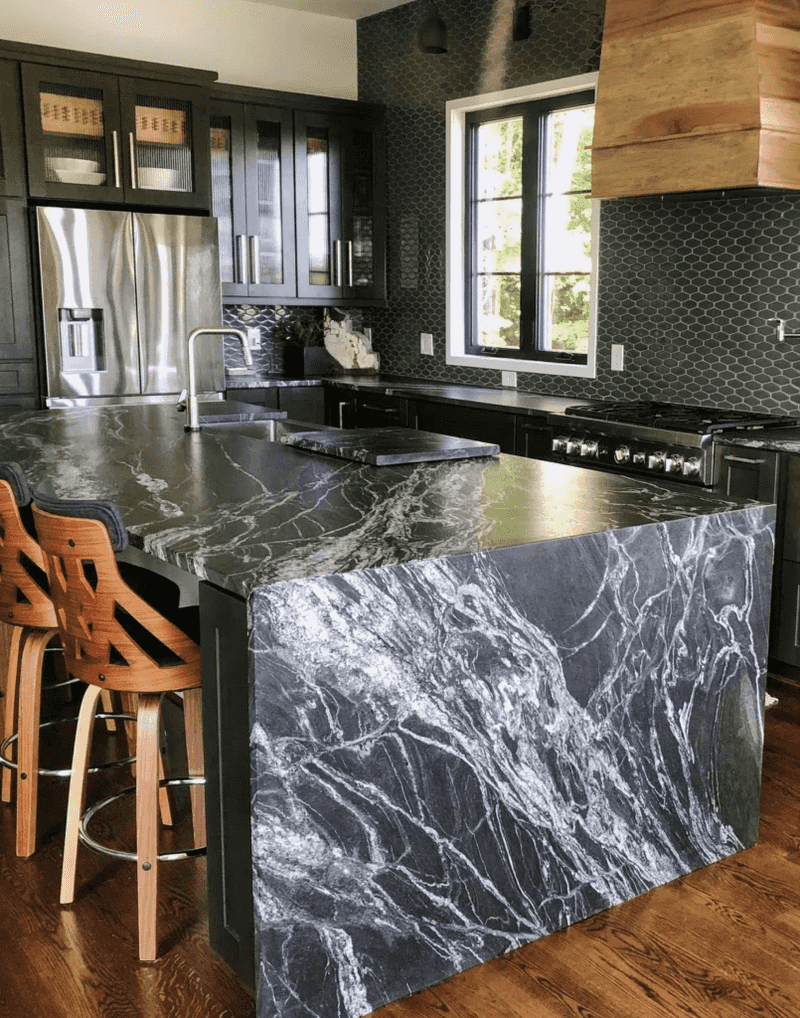
The once sought-after granite countertops now find themselves in the backseat. Millennials look for versatility and affordability in kitchen surfaces, opting for materials like quartz or concrete.
While granite was a status symbol, it now seems less appealing compared to the alternatives available.
This shift highlights the desire for more sustainable and low-maintenance options. Functionality and aesthetics are perfectly balanced without compromising on the modern look.
5. All-Gray Interiors
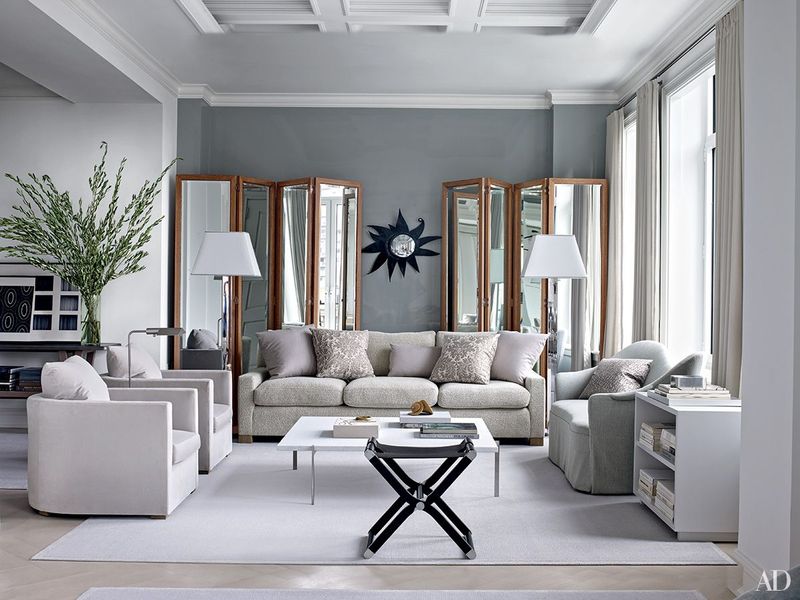
Gray was the go-to for a while, but its monochrome reign is fading. The all-gray interior, once seen as chic, now feels dull and uninspired.
Millennials are choosing more varied palettes that reflect personality and warmth. The minimalist gray look doesn’t quite cut it for those seeking dynamic living spaces.
Color is making a comeback, bringing energy and life into homes where muted tones once dominated.
6. Open Floor Plans
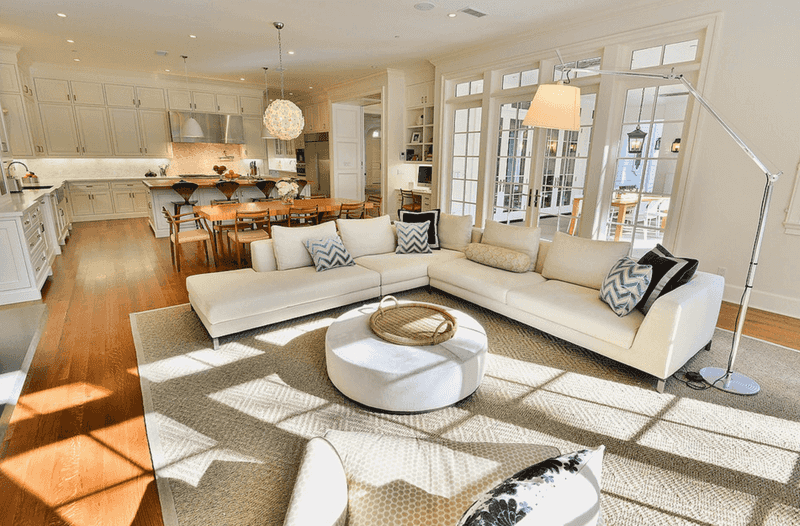
The concept sounded great in theory, but in practice, open floor plans aren’t always functional. Millennials are realizing the importance of defined spaces for privacy and concentration.
The vast openness can lead to sound issues and a lack of coziness. There’s a growing preference for spaces that maintain openness while providing distinct areas.
The balance between communal living and personal space is key for a harmonious home.
7. Shiplap
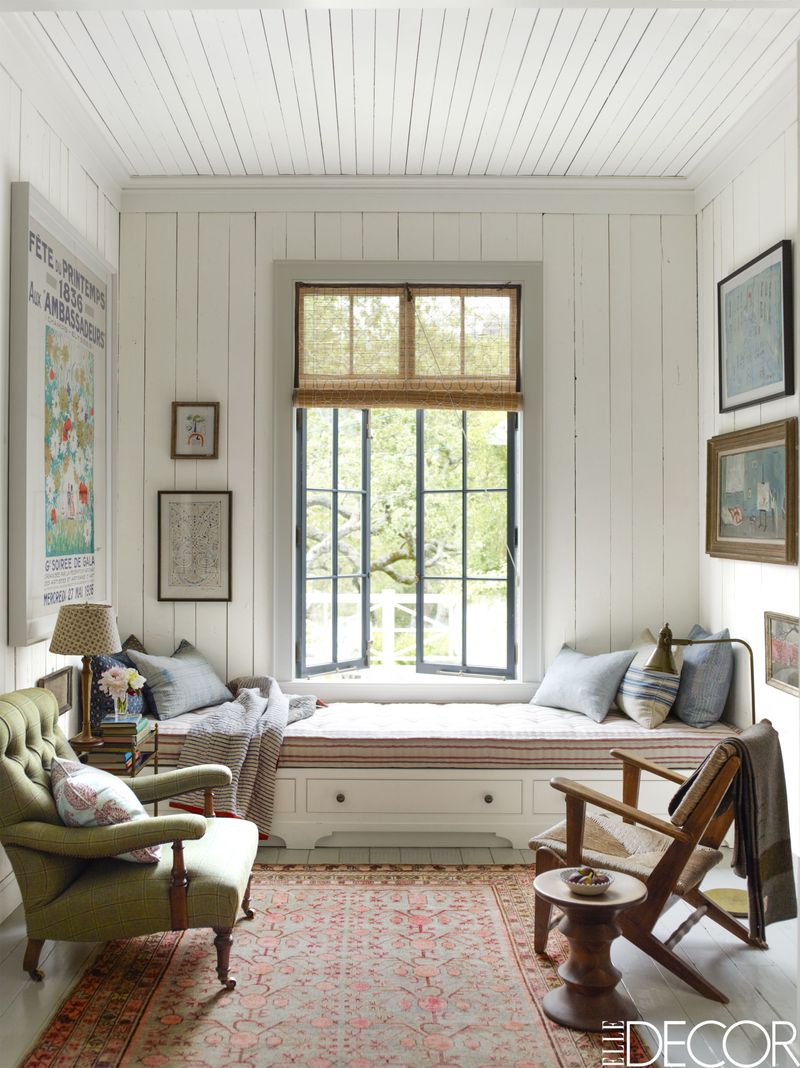
A rustic touch that once charmed its way into many homes, shiplap is now taking a backseat. Millennials are steering away from overly thematic decor, seeking instead a more eclectic and personal style.
The shiplap craze, which was often associated with farmhouse aesthetics, is being replaced by diverse textures and materials.
You should be aiming for spaces that feel authentic and unique, rather than adhering to specific trends.
8. Bright White Kitchens
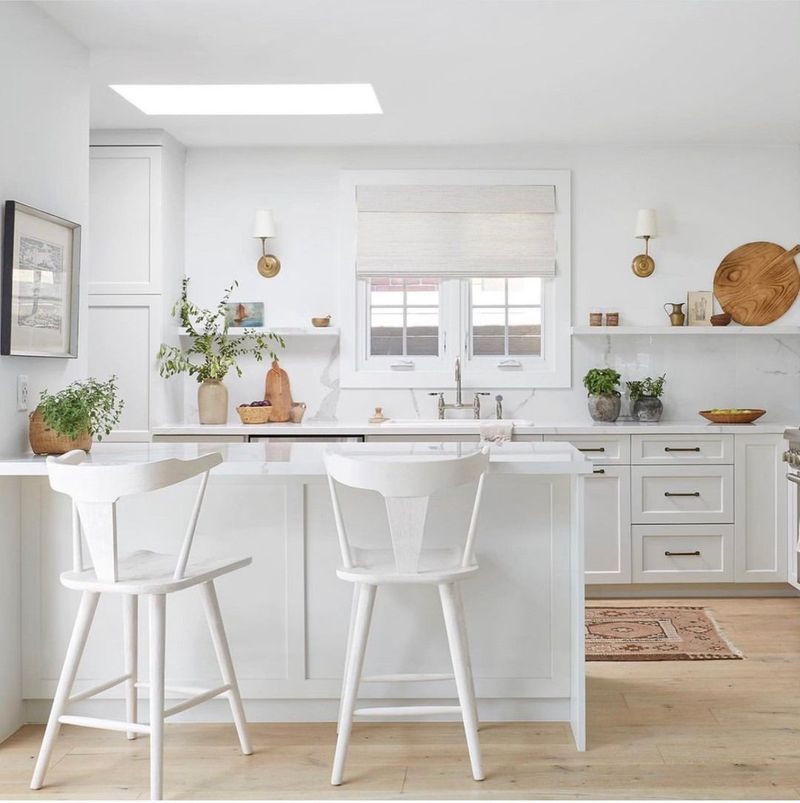
White kitchens used to be the ultimate symbol of modern style, but let’s be honest, they can feel a bit cold and uninviting now.
Now the focus is on kitchens that have more warmth and personality. The sterile white vibe is being swapped out for spaces filled with color and natural materials.
Think warm tones, a little splash of personality, and textures that make the space feel alive. Create a kitchen that welcomes you, not one that makes you feel like you’re in a science lab. Time for some color, right?
9. Matching Everything (e.g., furniture sets)
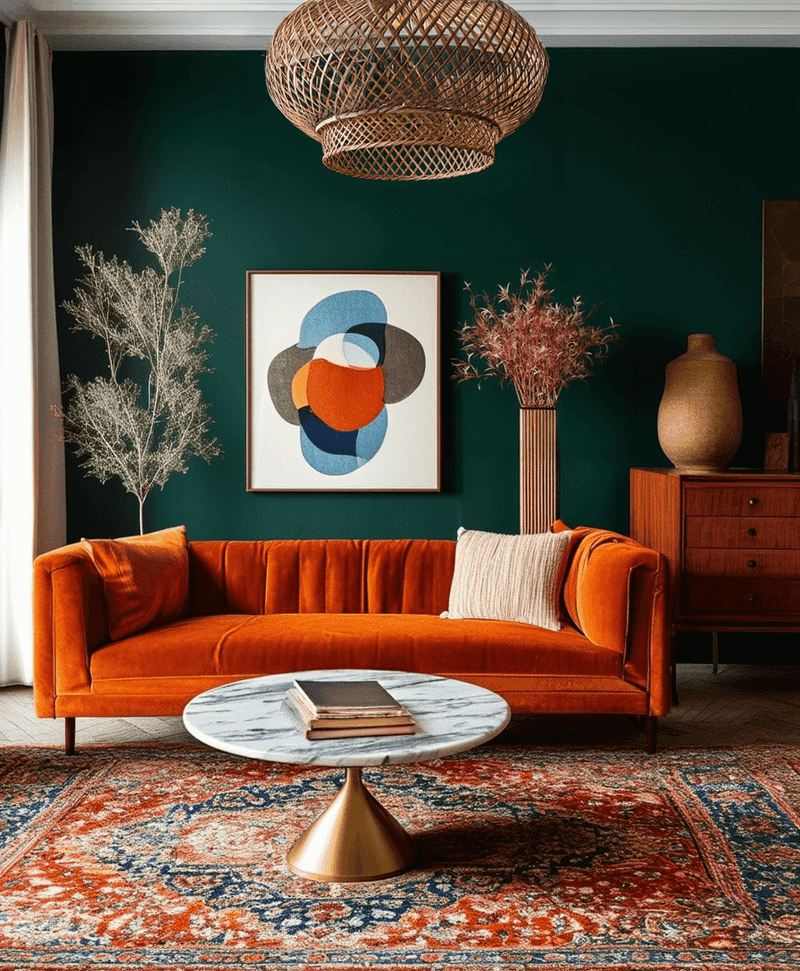
The era of matching furniture sets has been overshadowed by the desire for more eclectic and individualized spaces.
Millennials are moving away from the uniformity of matching items, seeking instead to mix textures, styles, and colors for a more personalized feel.
The perfect match is now about harmony rather than sameness, where each piece tells its story. This shift emphasizes creativity and personal expression in home decor.
10. Wood Furniture Overload
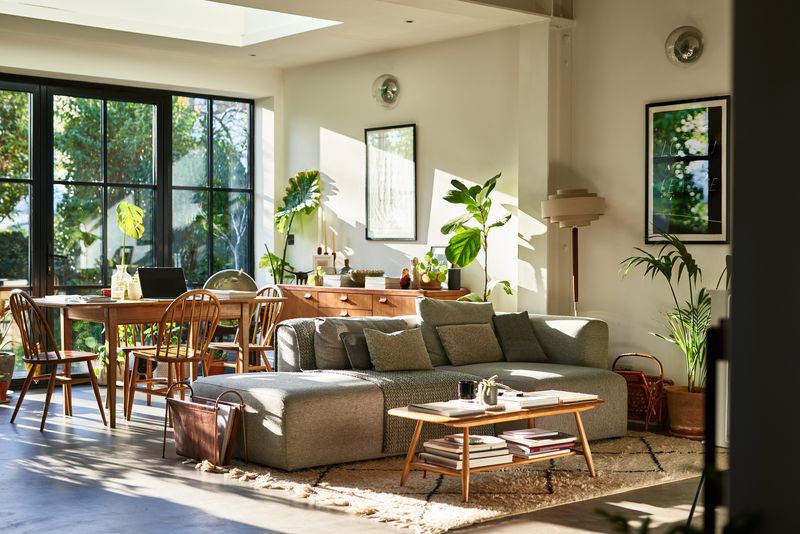
Wood has always been a go-to for home decor, but let’s be real. Too much of it can make a space feel like a log cabin. Millennials are dialing it back, using wood in moderation to keep things light and airy.
The key is blending different materials and textures to create a balanced, curated look that feels thoughtful but not overcrowded. Who knew less wood could actually make a room feel more inviting?
11. Vertical Blinds
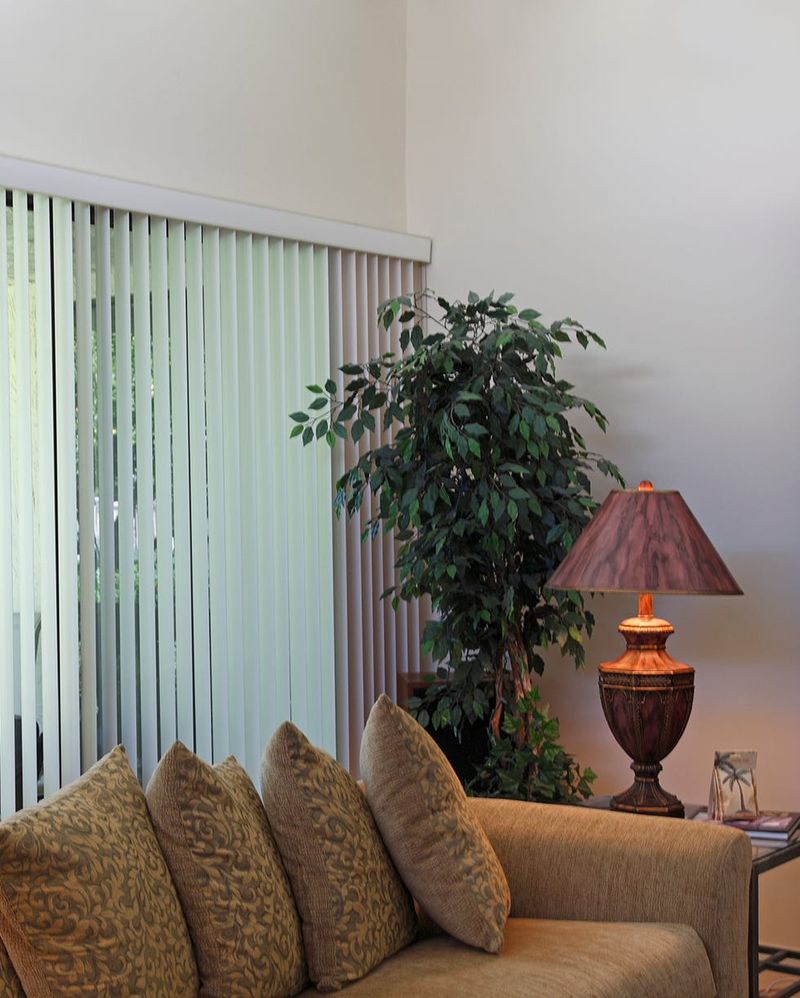
Once a practical choice, vertical blinds are being replaced by more stylish and functional alternatives. Millennials are favoring window treatments that offer better light control and aesthetic appeal.
Curtains, Roman shades, or even smart blinds are popular choices that enhance the decor while providing functionality.
The shift reflects a desire for window treatments that complement the overall design, rather than feeling like an afterthought.
12. Popcorn Ceilings
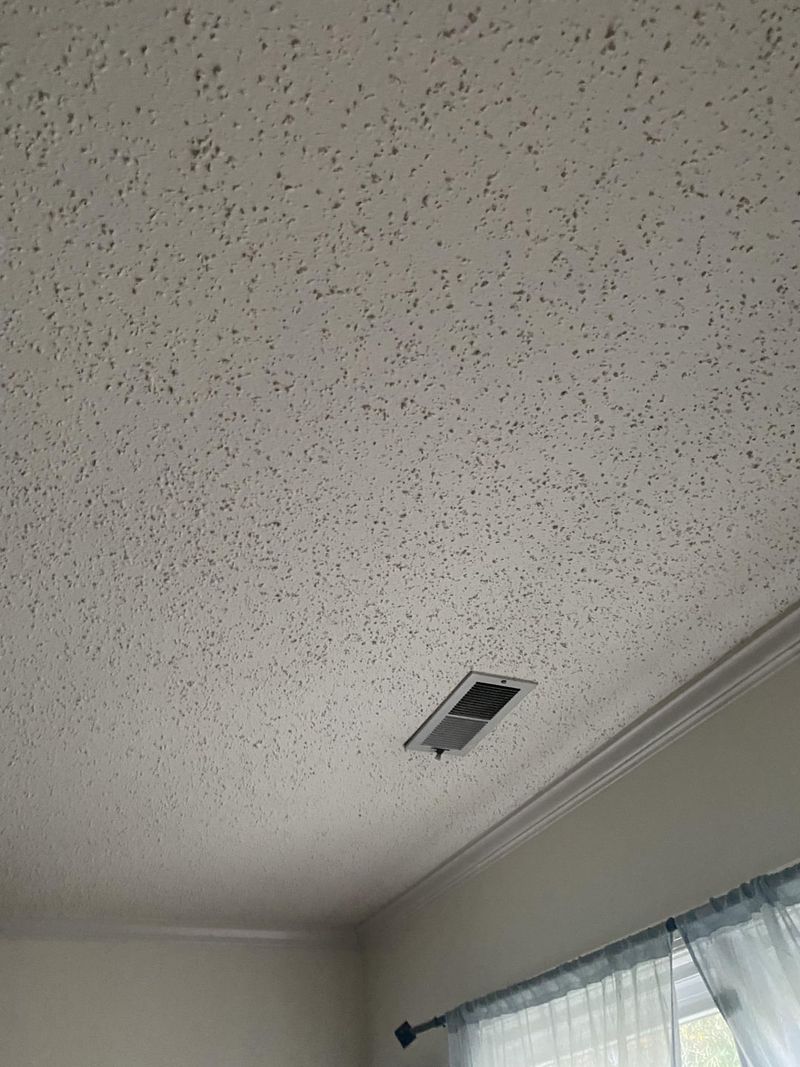
Let’s face it, popcorn ceilings are starting to feel like a bad throwback. Millennials are over the bumpy texture and are opting for smooth finishes instead.
Sure, scraping those ceilings can get a little messy, but the payoff is totally worth it. A smooth ceiling instantly makes a room look more modern and fresh, matching the clean lines we love in today’s design.
It’s like giving your home a mini facelift. Suddenly, it feels way more up-to-date and stylish. Time to say goodbye to the popcorn and hello to a smoother, better look.
13. Fake Fruit Decorations
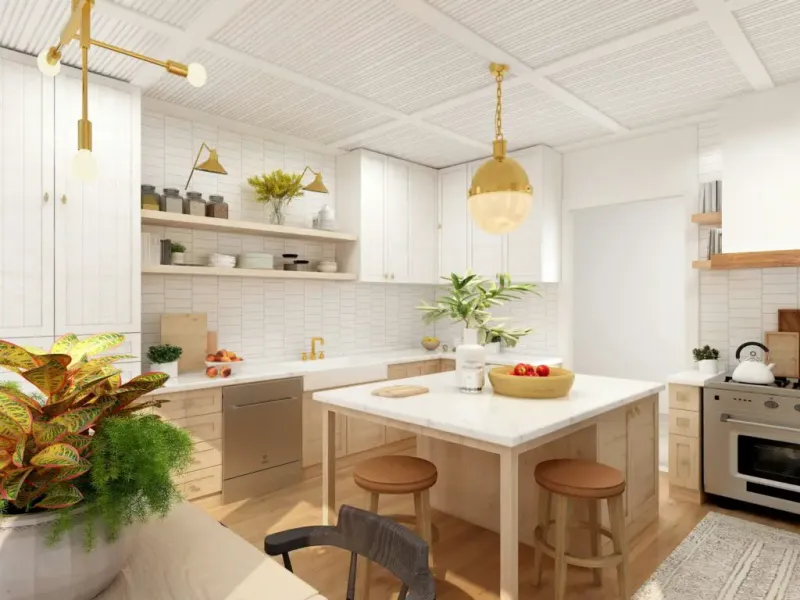
Artificial fruit decor, once common, now seems outdated and unnecessary. Millennials prefer authenticity, choosing real plants or natural elements to bring life into spaces.
The fake fruit trend is being replaced by more meaningful and sustainable decor choices. Real plants offer the added benefit of purifying air and enhancing the ambiance.
The preference for genuine over artificial reflects a broader trend towards authenticity in home decor.
14. Overly Decorative Tile Backsplashes
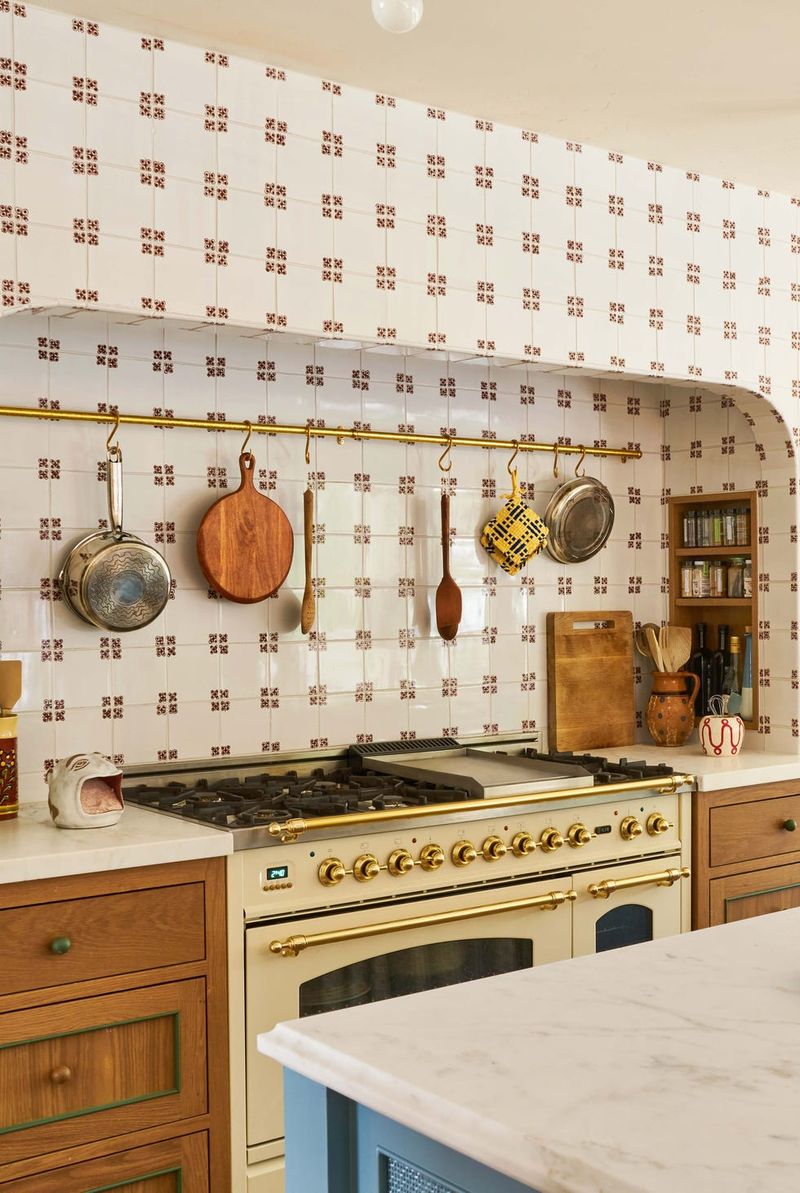
These can add character, but overly decorative designs can become overwhelming. Millennials are opting for simpler, more understated designs that complement rather than dominate the kitchen.
The trend is towards clean lines and neutral tones that offer timeless appeal. This approach allows for more flexibility in other design elements, creating a cohesive and harmonious space.
Subtlety is key in achieving a balanced kitchen aesthetic.
15. Overly Cluttered Kitchens
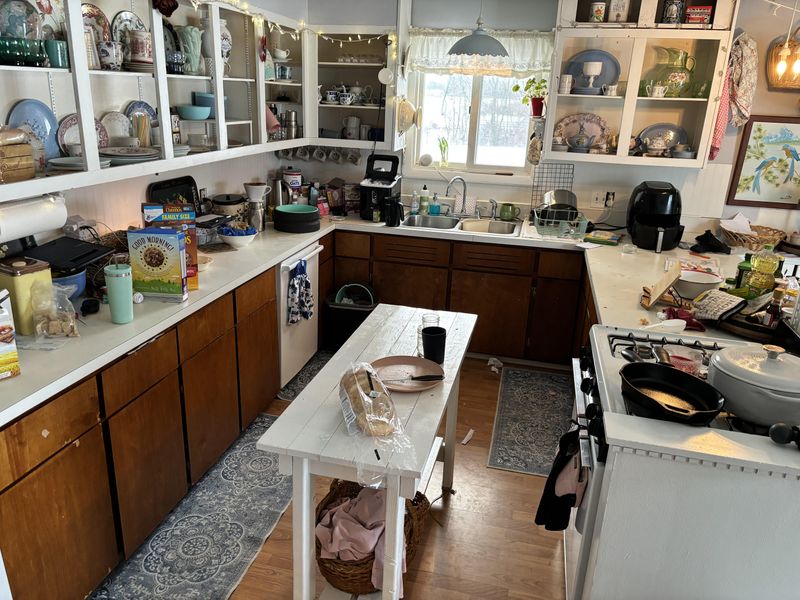
A cluttered kitchen can feel chaotic and uninviting. Millennials are embracing minimalism, focusing on functionality and simplicity in kitchen design.
The trend is towards clean countertops and smart storage solutions that keep spaces organized and efficient. Less is more when it comes to creating a kitchen that feels open and welcoming.
By reducing clutter, the focus shifts to quality over quantity, enhancing the overall cooking and dining experience.
16. Farmhouse Décor (e.g., sliding barn doors)
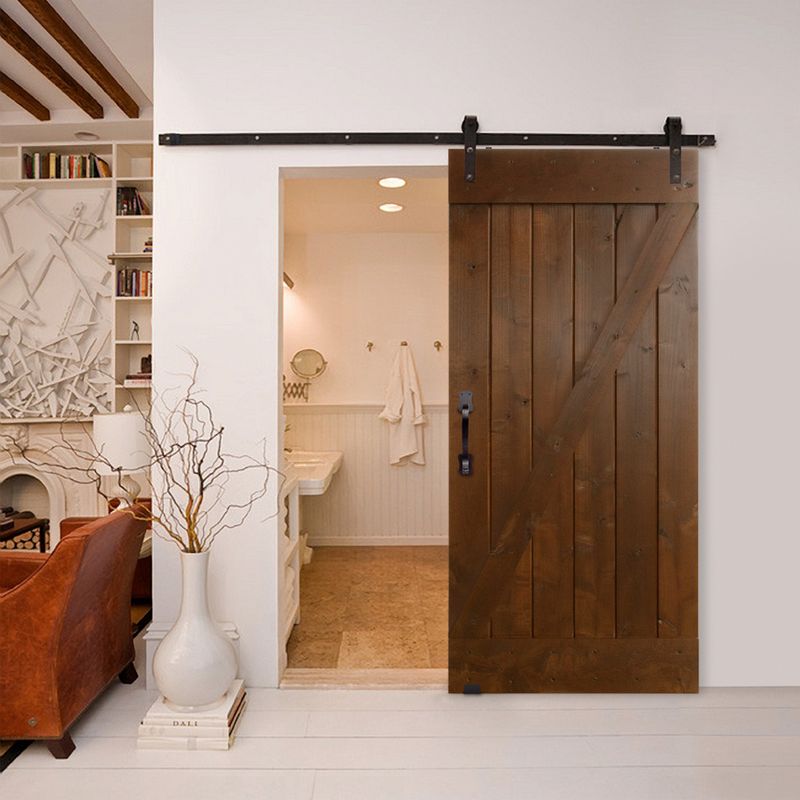
Once beloved for its rustic charm, now it’s losing its appeal among millennials. They are shifting towards a more modern and eclectic aesthetic that feels authentic and personal.
While elements like sliding barn doors were popular, they now seem out of place in contemporary homes.
The focus is on blending different styles and materials to create spaces that reflect individual taste and lifestyle. The era of overtly thematic decor is waning.
17. Minimalist Furniture
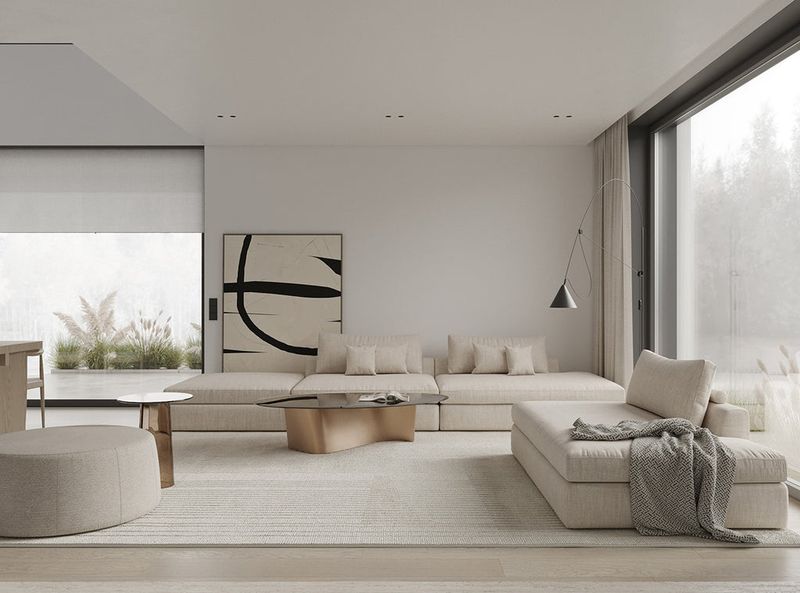
Known for its simplicity, it’s being overshadowed by designs with more character and comfort.
Millennials are seeking pieces that combine functionality with personality, moving away from the stark minimalism that can feel impersonal.
The trend is towards eclectic and layered designs that offer warmth and individuality. The minimalist look is evolving into something more dynamic.
18. Open Shelving in Kitchens
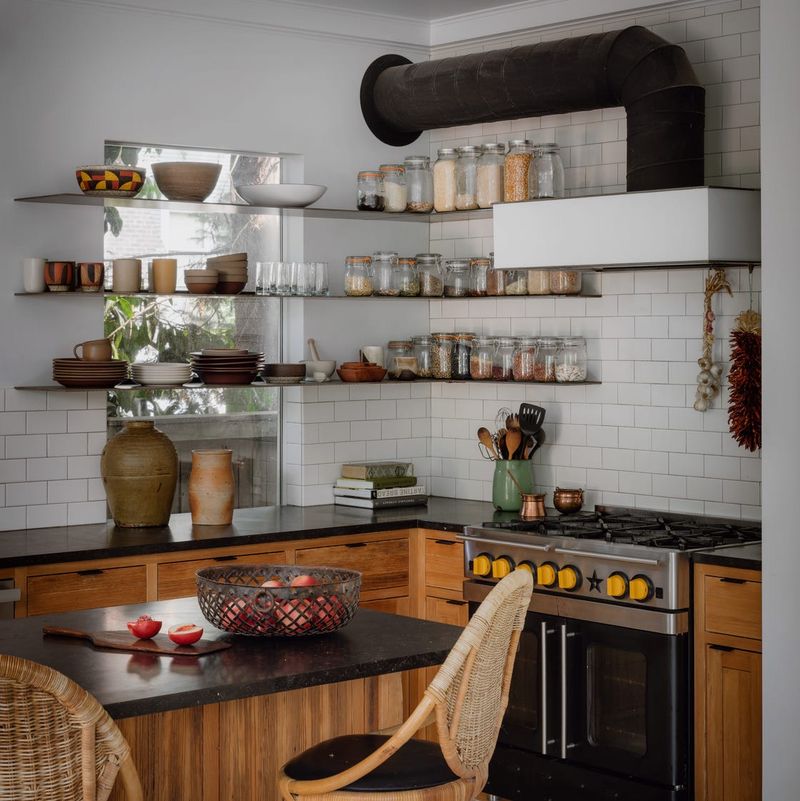
Once a popular choice for its display potential, it’s now proving to be impractical for many millennials. The exposure leads to dust buildup and requires constant tidying.
Closed cabinets or a mix of open and closed storage are becoming favored for their practicality and clean look.
The trend reflects a desire for spaces that are both functional and aesthetically pleasing, balancing the need for accessibility with the importance of a tidy appearance.
19. All-White or All-Gray Color Schemes
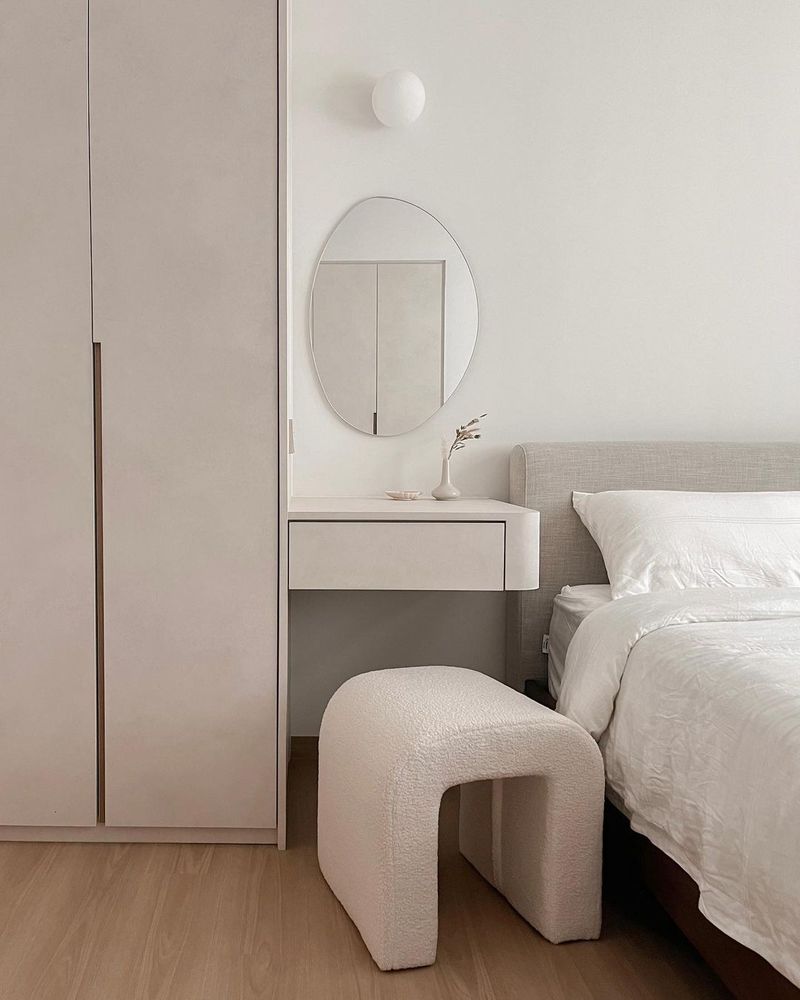
The monochrome color trend is losing its luster as millennials seek varied palettes. All-white or all-gray schemes, once seen as chic, now feel uninspired and lacking personality.
The trend is towards incorporating bold colors and patterns that reflect individual style. This shift adds depth and interest to interiors, moving away from the overly minimalist approach.
The emphasis is on creating dynamic spaces that feel alive and engaging, rather than static and cold.
20. Overly Decorative Bathroom Art
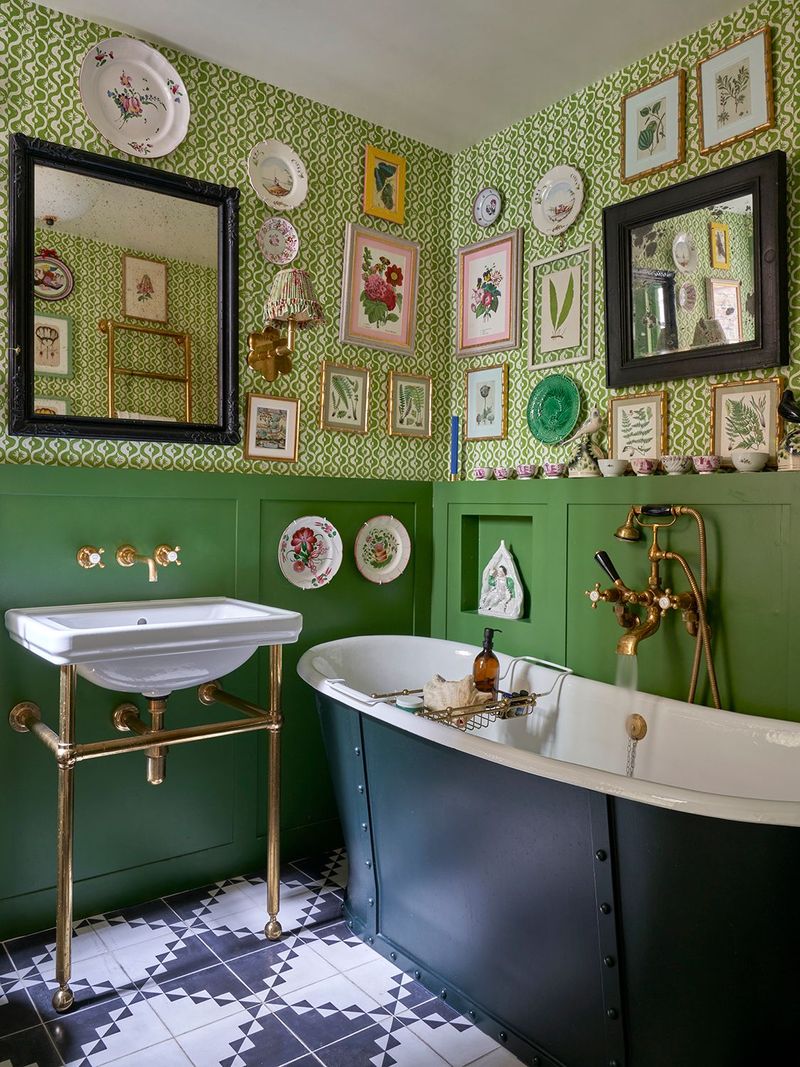
Bathrooms are being transformed into more functional spaces, with overly decorative art losing favor. Millennials prefer simple touches that enhance rather than overpower the room.
The trend is towards art that complements the bathroom’s design, creating a cohesive and calming environment.
It’s about finding the right balance between style and functionality, ensuring that the decor enhances the space without overwhelming it. Subtlety and simplicity are key in modern bathroom design.
21. Vessel Sinks
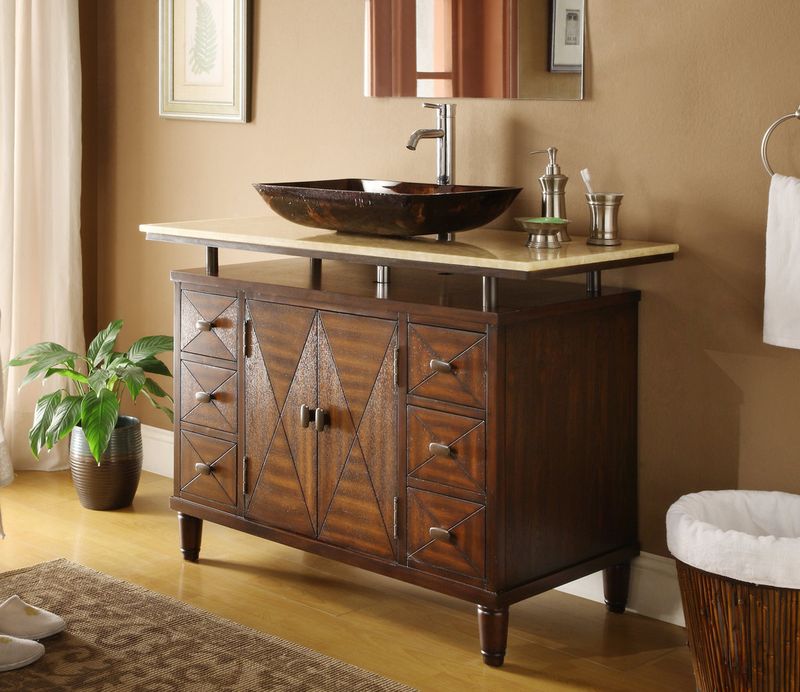
They are now being reconsidered for their practicality. While vessel sinks can be visually striking, they often require more cleaning and can be less functional than alternatives.
The trend is towards designs that balance aesthetics with convenience, ensuring that form does not compromise function. The shift highlights a preference for practicality in modern bathroom design.
22. Painted White Brick Exteriors
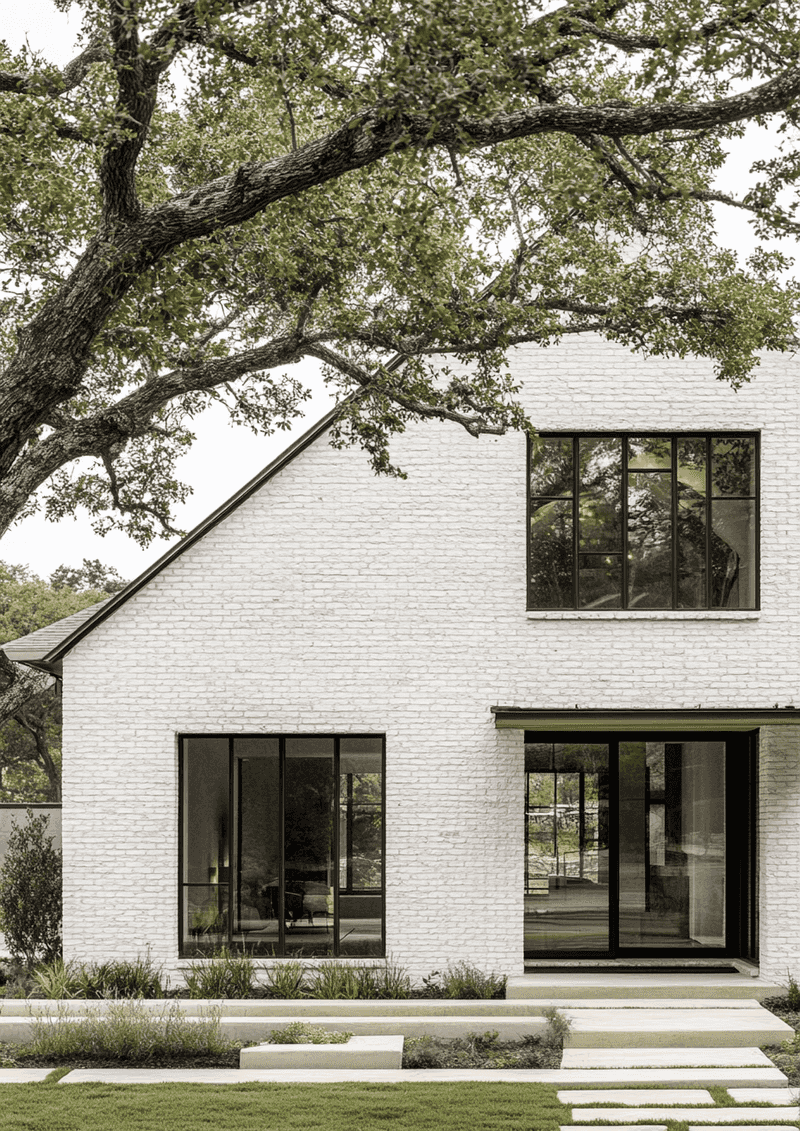
While once considered trendy, painted white brick exteriors are now seen as limiting by millennials.
The trend is shifting towards embracing natural brick tones or other exterior materials that offer more character.
White paint can also require more maintenance, as it shows dirt and wear more easily. The move is towards low-maintenance, visually interesting exteriors that stand the test of time.
23. Distressed or Faux Vintage Furniture
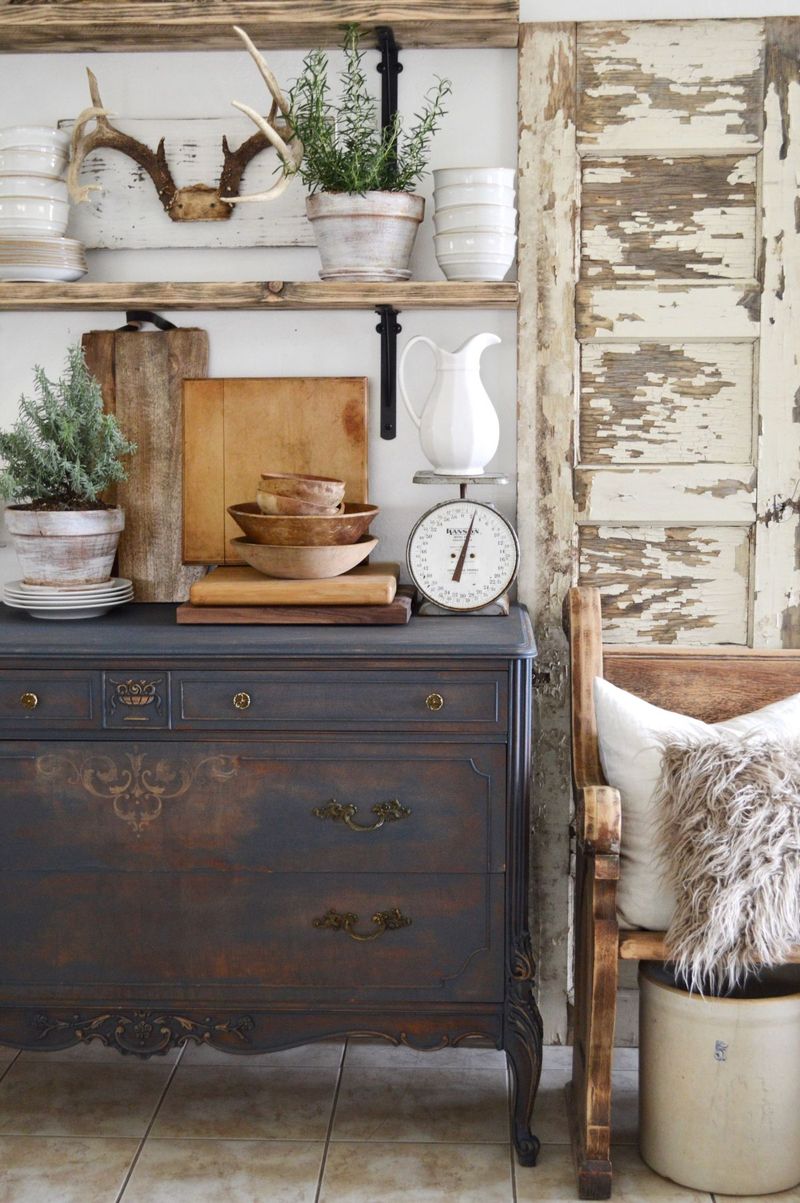
Lately, it feels like faux vintage furniture is losing its charm. Remember when those distressed pieces were all the rage? Now they just seem a little too manufactured.
Millennials are shifting towards real vintage treasures or modern pieces that actually feel like they’ve got a story to tell.
Instead of settling for something that looks like it was ‘distressed’ in a factory, people want pieces that bring real character and value to their homes. Authenticity just hits differently, don’t you think?
24. Overly Industrial Designs
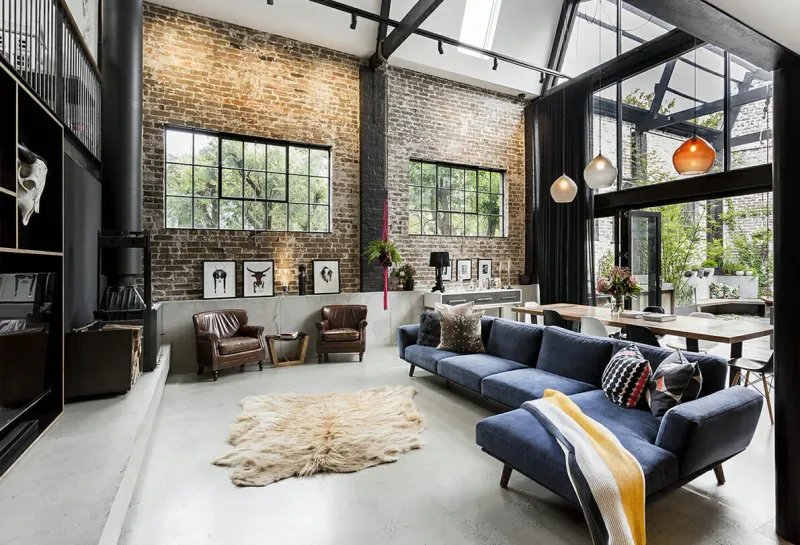
The hardcore industrial look with exposed beams and raw materials is starting to feel a bit too much for millennials. We’re all about striking a balance now, blending industrial touches with warmth and comfort.
Think metal and wood textures, but also soft fabrics and cozy elements that don’t make you feel like you’re living in a warehouse. The key is to let the industrial style complement the space, not take over.
It’s like finding that sweet spot where style meets coziness without making you feel like you’re in a construction zone.
25. Overuse of Faux Plants
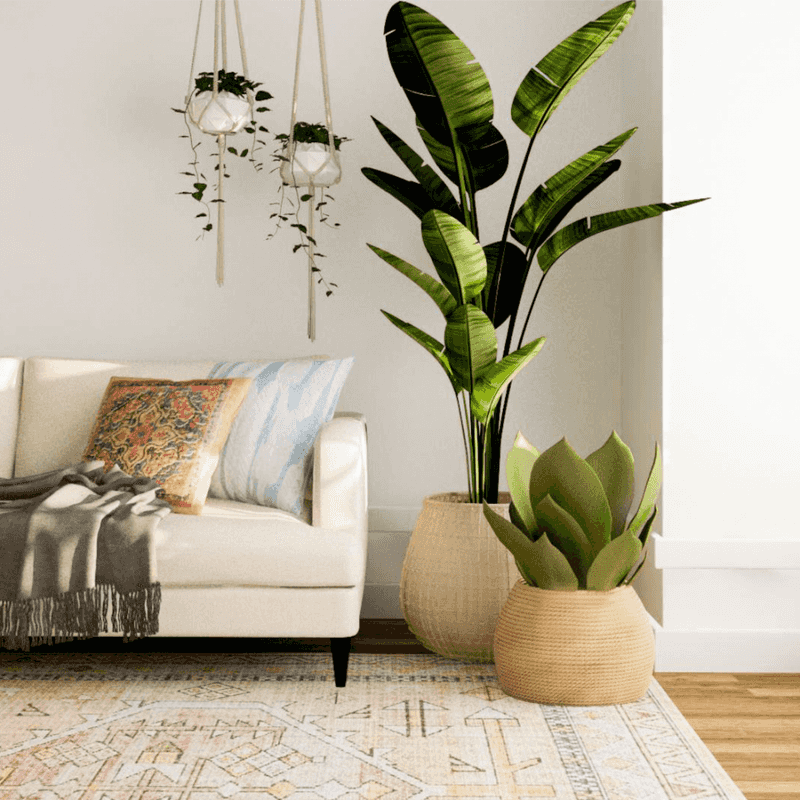
While low maintenance, they are being overshadowed by a preference for real greenery. Millennials are embracing live plants for their aesthetic and health benefits, such as air purification.
The trend incorporates nature into interiors through genuine elements that enhance the ambiance. Real plants offer a connection to nature that faux versions cannot replicate.
The shift highlights a desire for authenticity and sustainability in home decor, moving away from artificial solutions.
26. Overly Themed Rooms
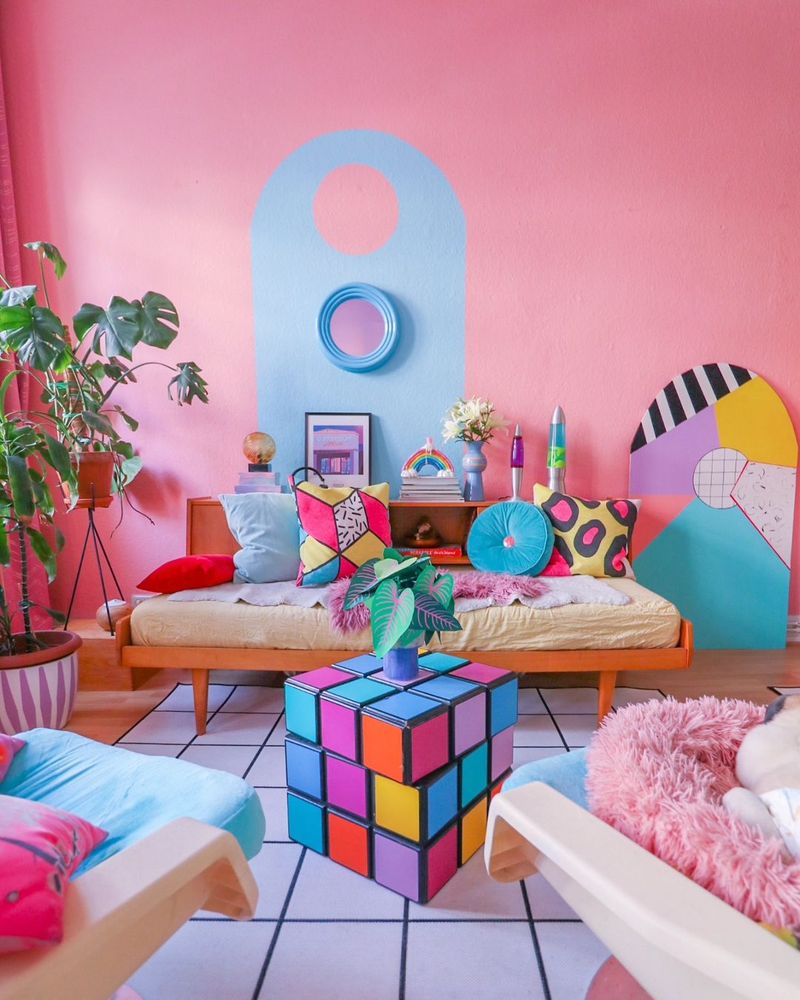
Gone are the days of rooms plastered with one theme, right? We’re not ditching themes entirely, but now it’s about subtle hints of them rather than full-on decor overhauls.
The goal is to create rooms that reflect our taste and can evolve over time, without feeling like we’re stuck in a time capsule.
It’s like designing a space that grows with you, giving room for creativity and, let’s face it, less pressure to commit to a single look!
27. Excessive Use of Mirrors
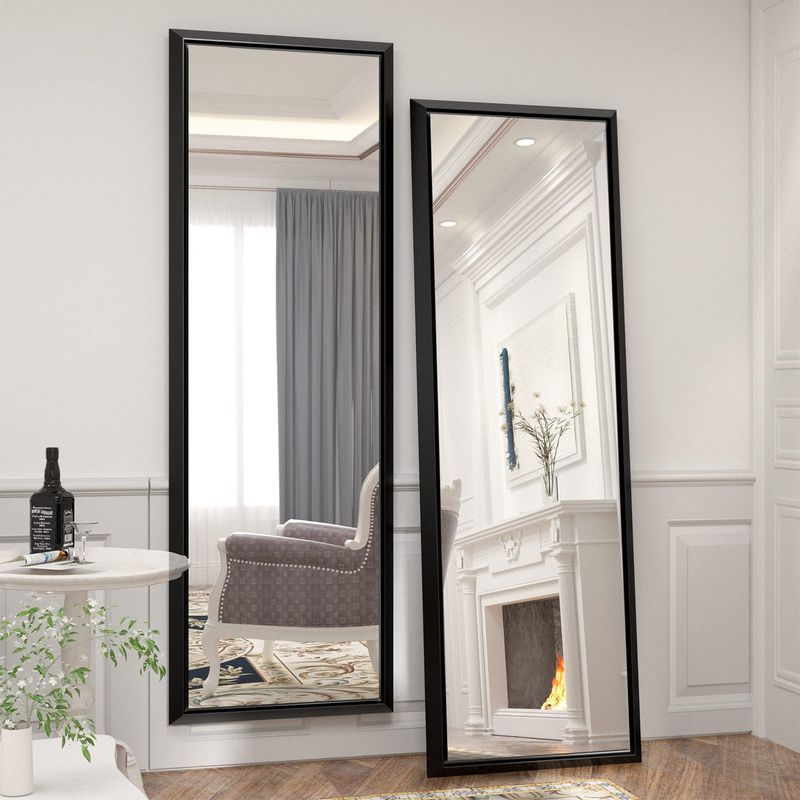
While mirrors can enhance space, their excessive use can lead to a sense of clutter and overwhelm. Opt for strategic mirror placement that maximizes light and space without overdoing it.
The trend is about using mirrors as accent pieces that complement rather than dominate the decor.
The goal is to achieve the right balance to enhance the room’s aesthetics while maintaining a sense of harmony. Less is more when it comes to using mirrors effectively in interior design.
28. Overly Matchy-Matchy Decor
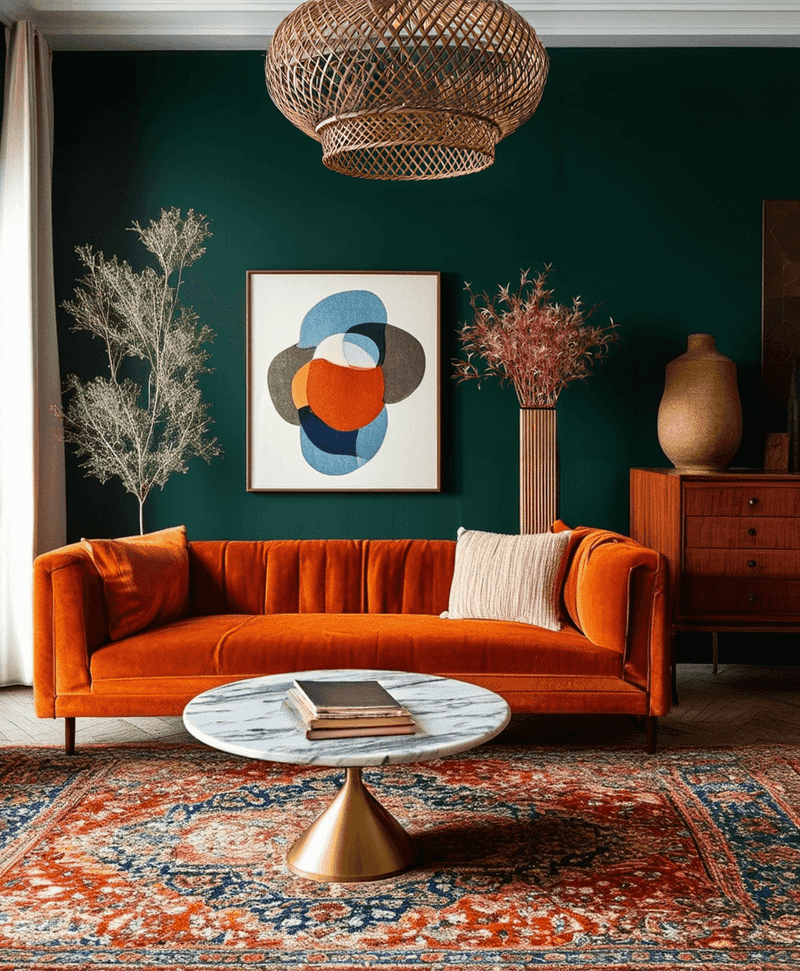
The trend is losing its appeal as millennials seek more dynamic and personalized interiors. It is shifting towards mixing and matching pieces that offer contrast and character.
Create spaces that feel curated rather than cookie-cutter, where each element adds a unique touch. This approach encourages creativity and individual expression, moving away from uniformity.
Personalization and diversity are key in modern home design, fostering spaces that truly reflect the inhabitant’s style.
29. Overly Ornate Lighting Fixtures
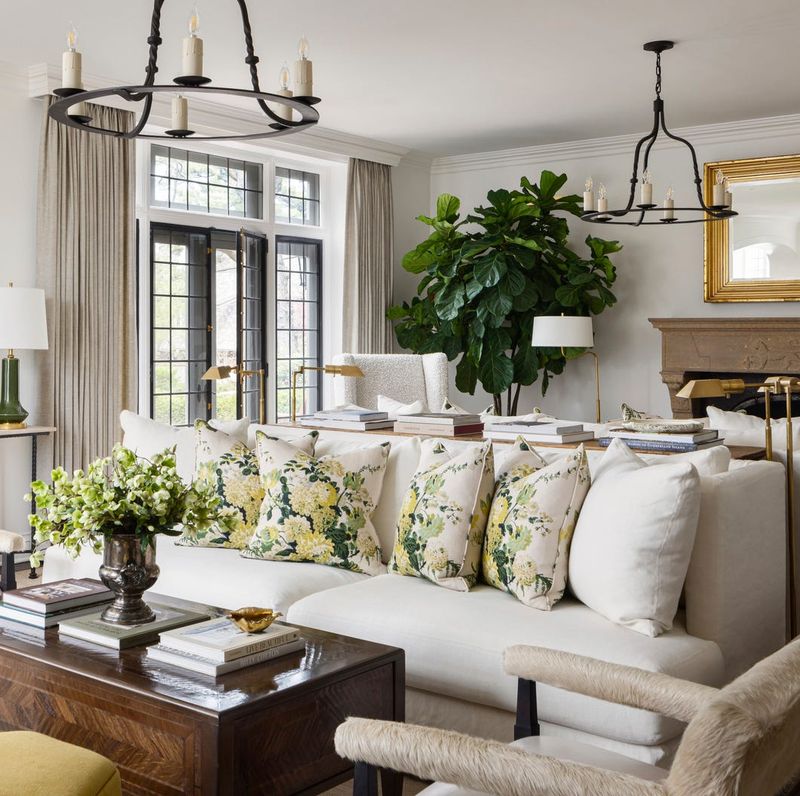
Once a symbol of luxury, they are being replaced by more understated designs. The trend is towards fixtures that enhance the room without overpowering it, creating a balanced and cohesive look.
Choose lighting that complements the overall design, ensuring that it contributes to the ambiance rather than detracting from it. Simplicity and elegance are guiding principles in modern lighting choices.
30. Overly Trendy Color Choices (e.g., ‘Millennial Gray’)
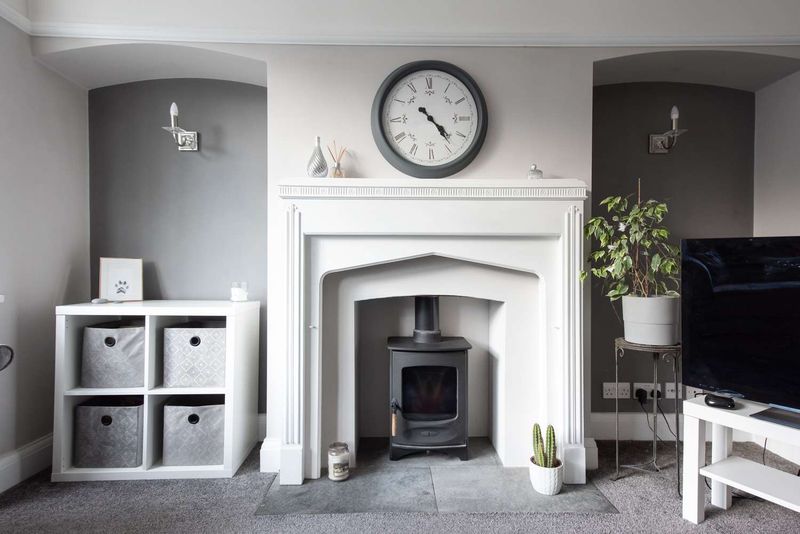
Let’s be honest, ‘Millennial Gray’ had its moment, but it’s starting to feel like a one-hit wonder. These days, millennials are leaning towards color palettes that stand the test of time rather than hopping on every fleeting trend.
Sure, trendy shades are fun at first, but they often end up needing a refresh sooner than we’d like. The goal now is to choose colors that can evolve with your space, making it easy to adapt while still staying stylish.

